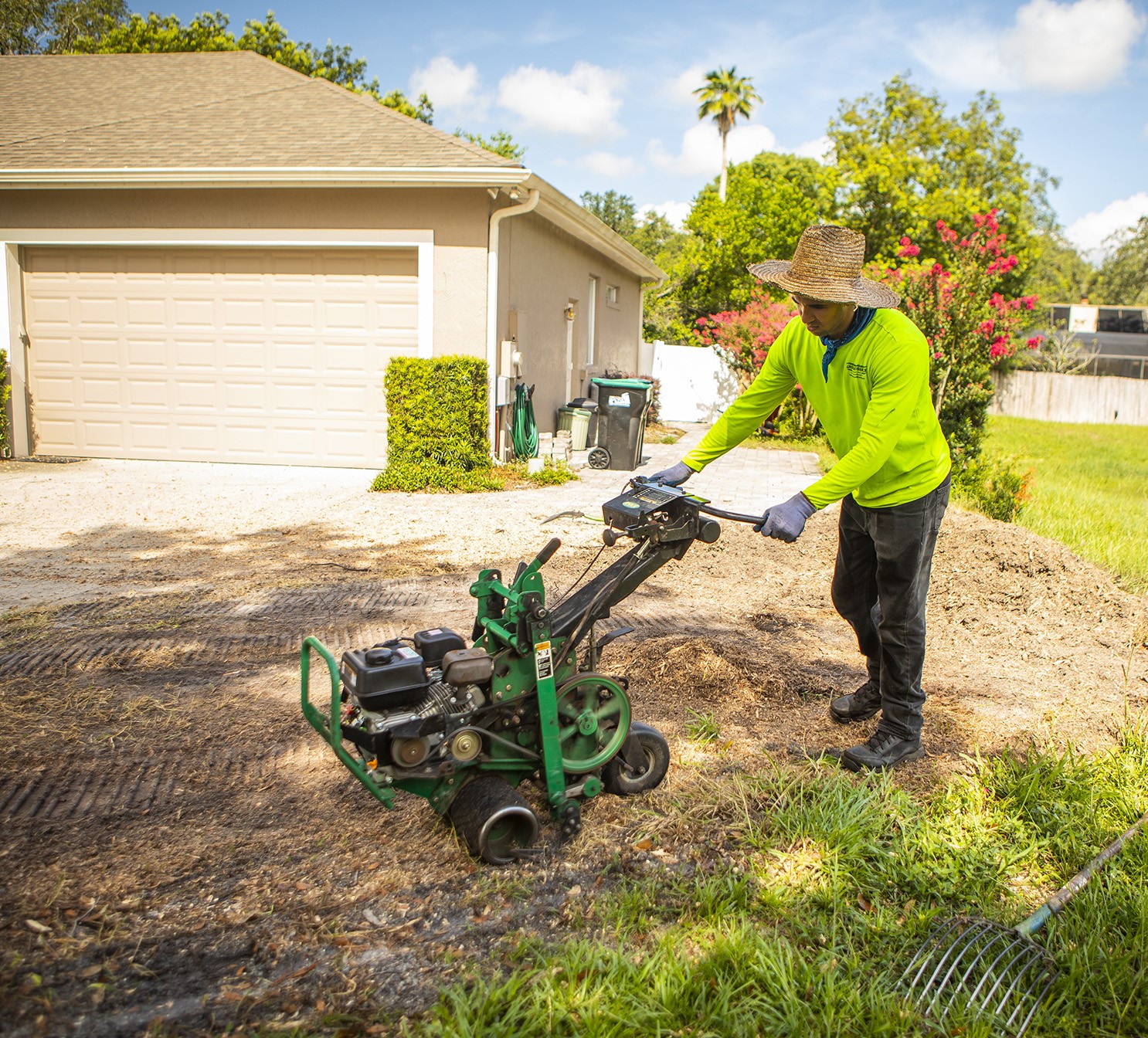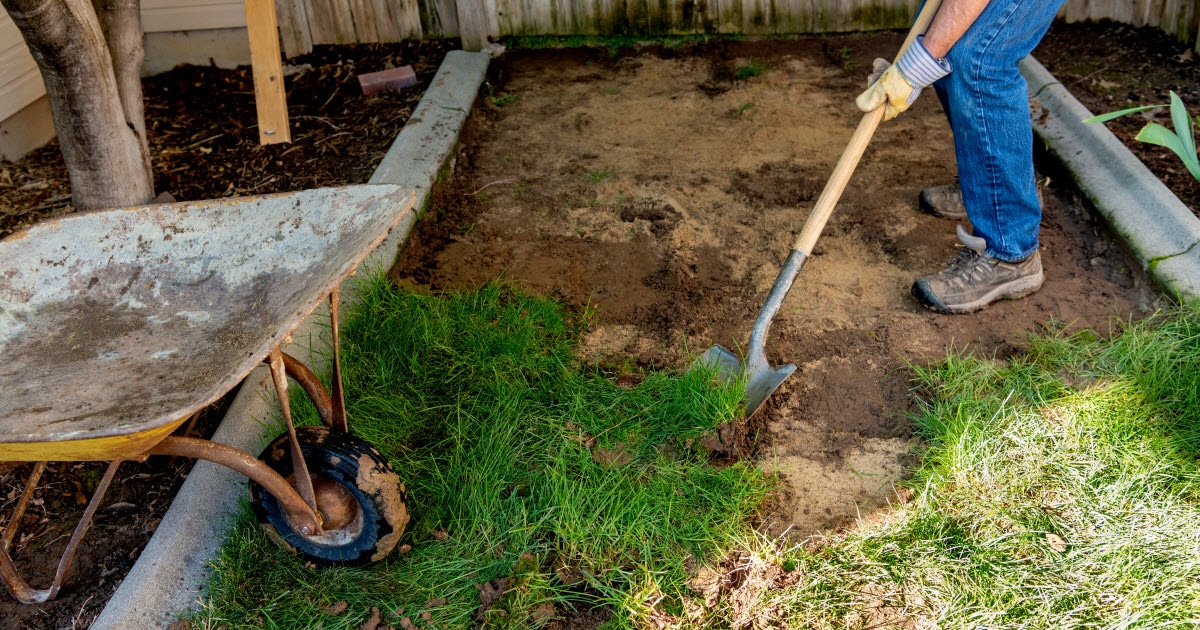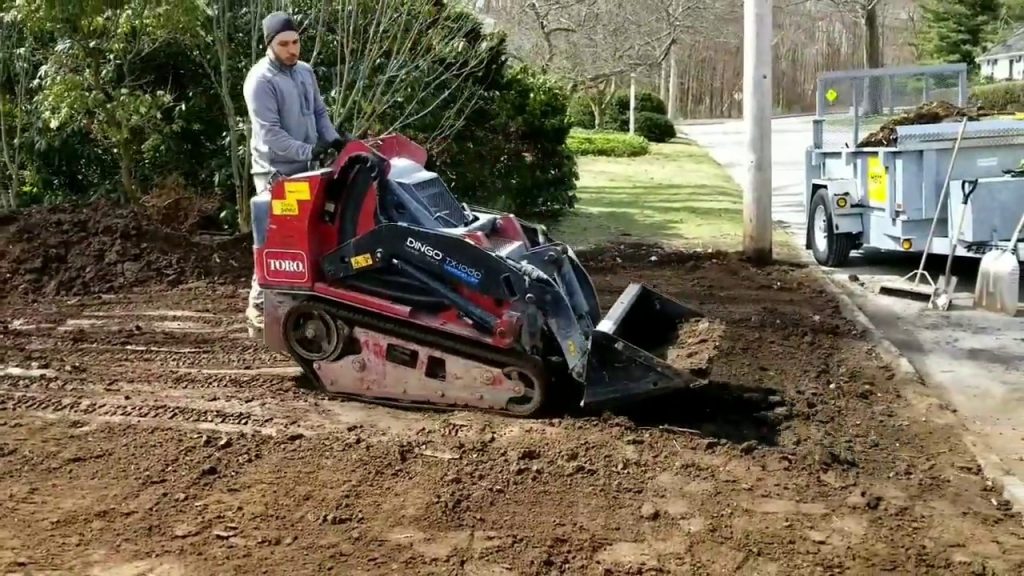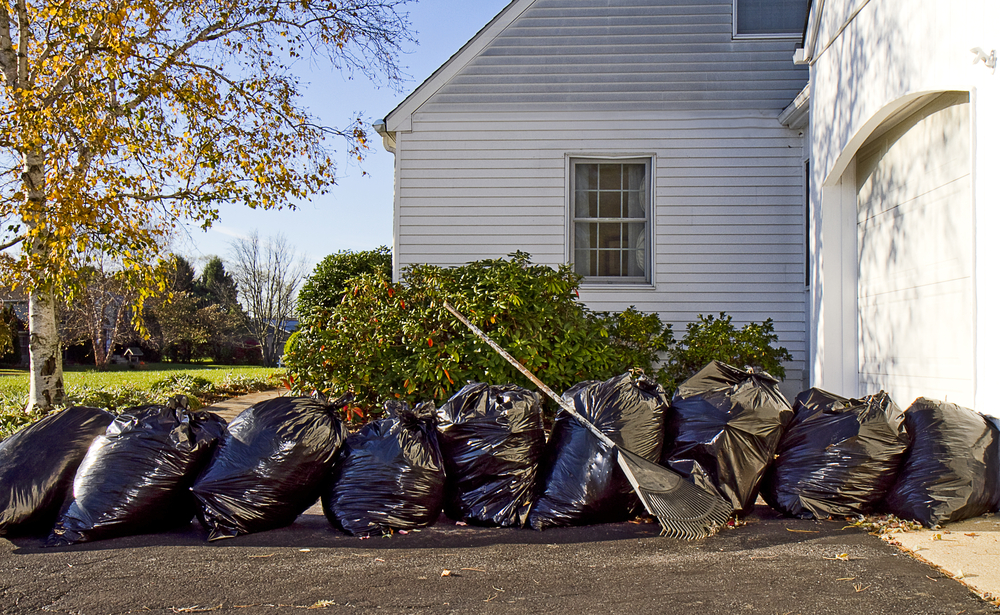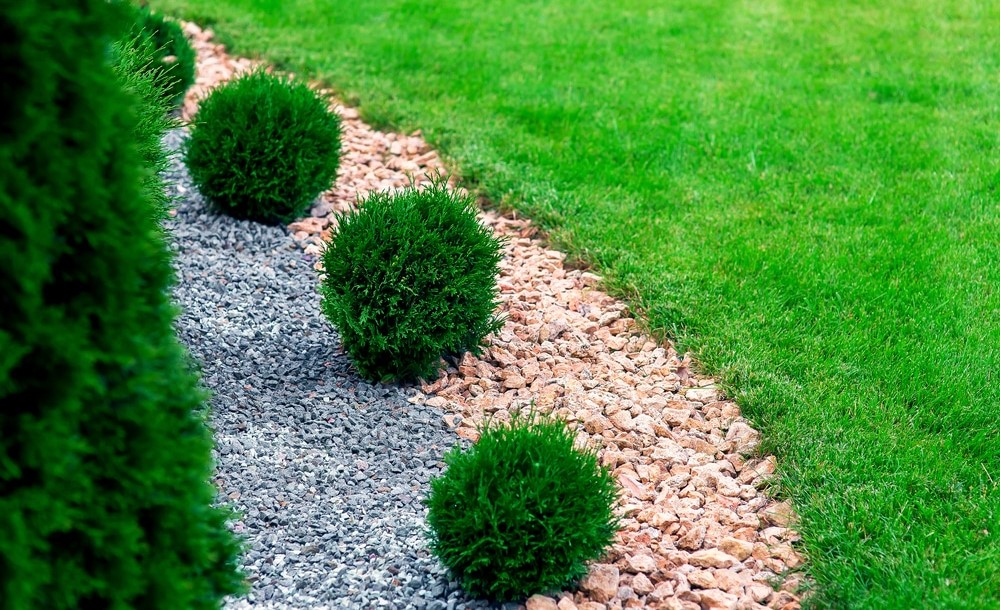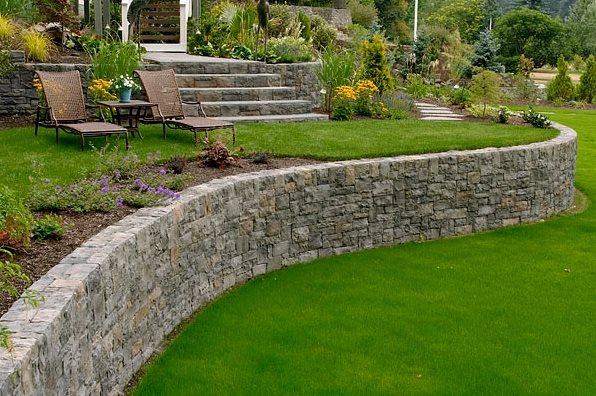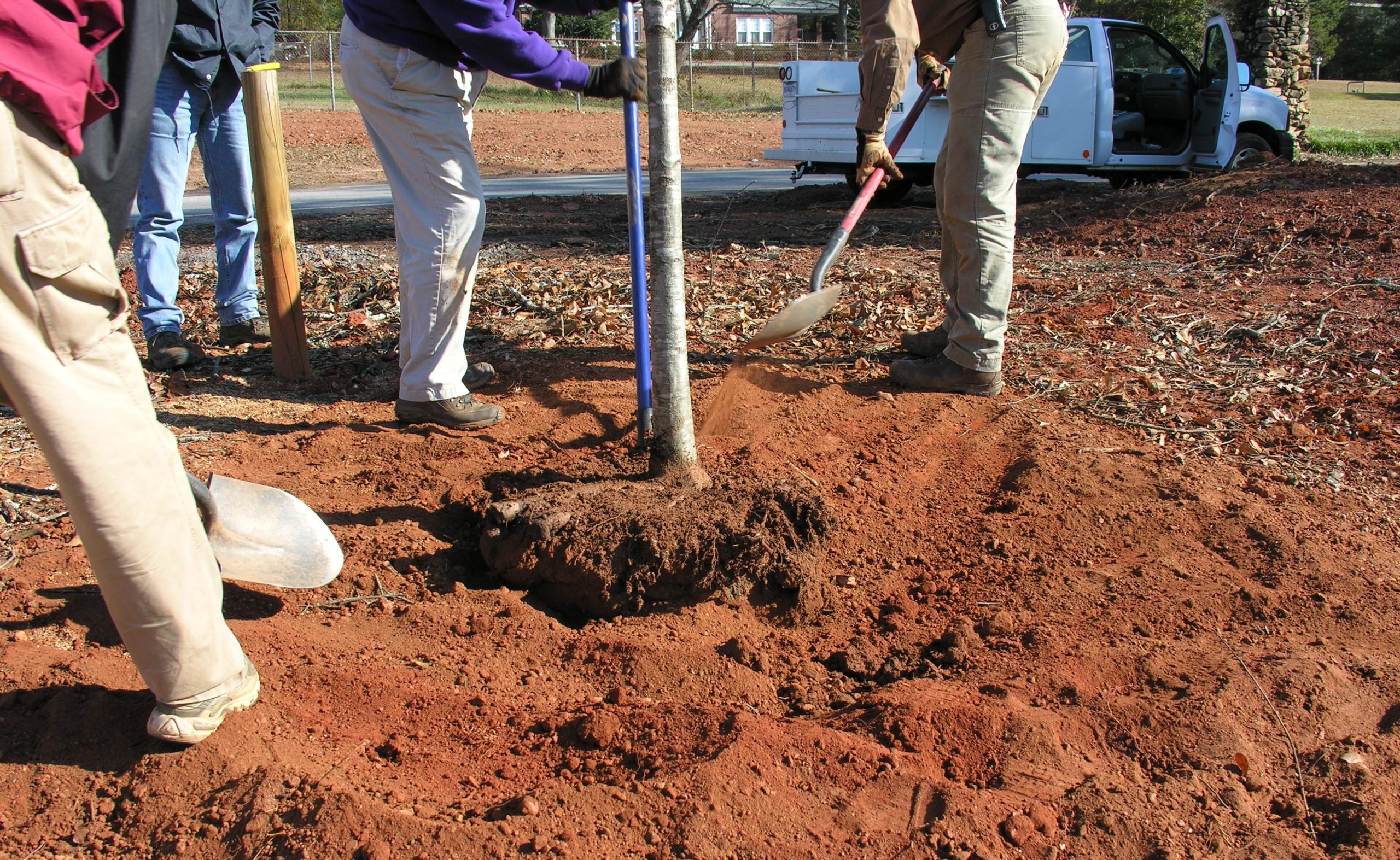Lawn removal services are companies or services that specialize in removing lawns, usually to prepare for the installation of a new type of landscaping. This could include removing the grass and soil and preparing the area for new planting, installing hardscape elements such as patios or walkways, or replacing the lawn with an alternative ground cover such as rock or mulch.
Who needs lawn removal services?
Almost anyone who has a lawn could need lawn removal services at some point. One of the most convenient ways to find the best services is to search for the keywords lawn removal services near me. It will give you a list of individuals and service providers offering the services. But, who needs these services in the first place?
Lawn removal services in the USA
People who need lawn removal services include:
- Homeowners who want to renovate their landscapes or replace their lawns with more low-maintenance options
- Commercial property owners who want to improve their landscaping or switch to a more water-efficient option
- Landscape designers and contractors who need to prepare the ground for new installations
- Real estate developers need to remove the lawn from a property before building new structures.
Lawn Removal Services Inglewood
Services offered under lawn removal services typically include:
#1 Grass and soil removal
Grass and soil removal in lawn removal services involves the excavation and removal of the grass and soil in a lawn area, typically to prepare the ground for new landscaping or hardscape installations. The grass and soil are typically removed down to the subgrade level and disposed of off-site.
#2 Grading and leveling of the ground
Grading and leveling the ground in lawn removal services involves the preparation of the ground for new landscaping or hardscape installations. This includes using equipment to level and contour the ground to create a stable base for new installations and to ensure proper water drainage. The ground is typically graded and leveled to the specifications of the new landscaping design, with slopes, ridges, and valleys created as necessary to achieve the desired final result.
#3 Hauling away the removed lawn and debris
Hauling away the removed lawn and debris in lawn removal services involves the removal and disposal of the grass, soil, and any other debris that is generated from the removal of the lawn. The material is typically loaded onto trucks and transported to a disposal site, where it is either recycled, reused, or disposed of in an environmentally responsible manner. Hauling away the debris is an important part of the lawn removal process.
#4 Installation of alternative ground covers such as rock or mulch
Installation of alternative ground covers such as rock or mulch in lawn removal services involves the installation of alternative materials to replace a lawn area. This could include materials such as rocks, gravel, bark chips, or decorative stones. The alternative ground cover is typically installed on top of a prepared and leveled base and is used to reduce the amount of maintenance required for the area, improve the appearance of the landscape, and reduce water usage.
#5 Installation of hardscape elements such as patios, walkways, or retaining walls
Installation of hardscape elements such as patios, walkways, or retaining walls in lawn removal services involves the construction of permanent, non-plant structures within the landscape. This typically includes elements such as patios, walkways, retaining walls, and other features that are made of materials such as concrete, brick, stone, or pavers. Hardscape elements are used to define outdoor living spaces, create functional areas for activities such as entertaining or gardening, and to provide visual interest and structure to the landscape.
#6 Preparation of the ground for new plantings or landscaping installations
Preparation of the ground for new plantings or landscaping installations in lawn removal services involves the preparation of the ground to receive new landscaping elements, such as plants, trees, or shrubs. This typically involves excavating and removing the existing lawn and soil and preparing the ground for new installations. The preparation process may include grading and leveling the ground and amending the soil to improve its fertility.

